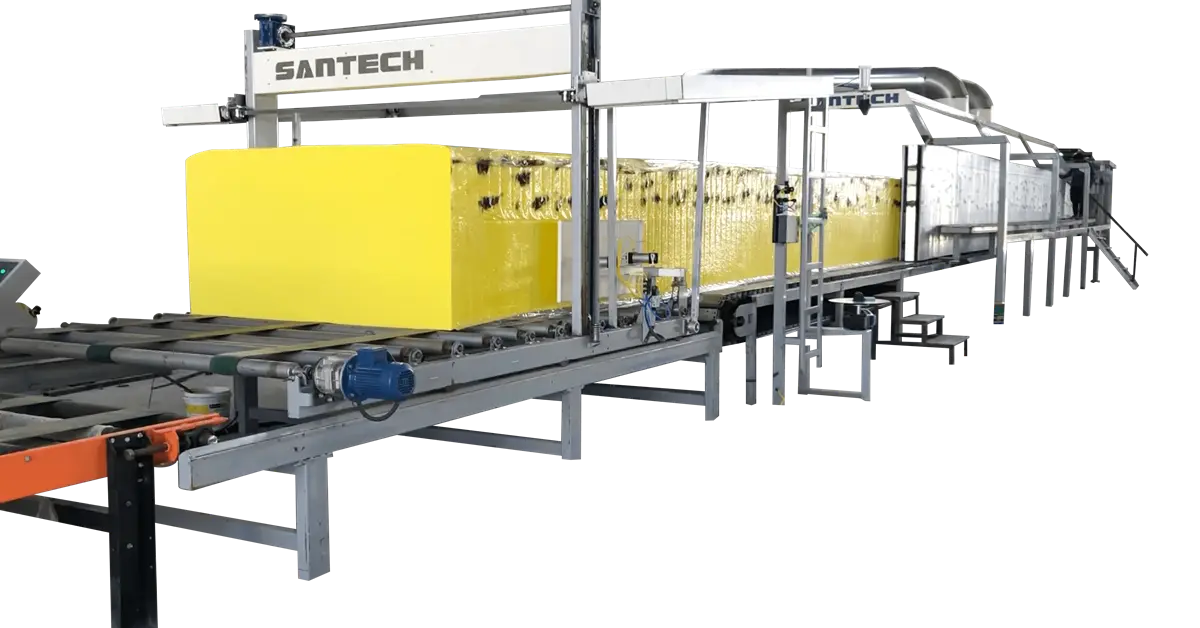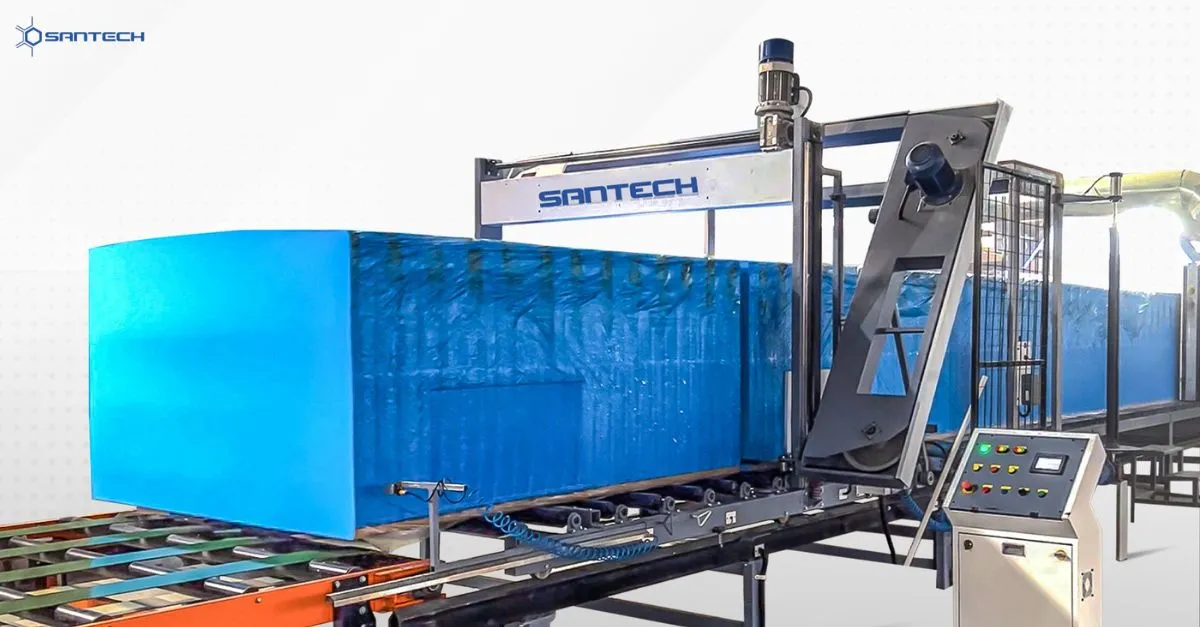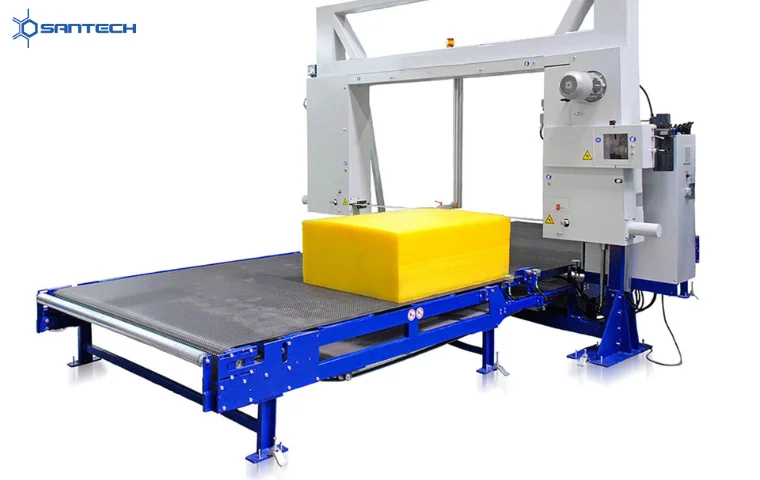Polyurethane (PU) foam is a versatile and widely-used material with various applications in the construction, automotive, and manufacturing industries. As a result, there has been significant research and development in PU foaming machine technology in recent years. In this piece, we will explore some of the latest advancements in PU foaming technology and how they are being used to improve the efficiency, effectiveness, and sustainability of foam production.
What Is PU Foam?
Before diving into the latest advancements in PU foaming technology, it’s essential to understand what PU foam is and how it is made. PU foam is a polymer material reacting a polyol with an isocyanate. The reaction produces a foam-like substance with many physical properties, including high strength, sound insulation, and low density.
PU foam is used in various applications, including construction, automotive, and manufacturing. In the construction industry, it is commonly used as an insulation material due to its high thermal resistance. The automotive industry uses it to produce car seats and other interior components. It produces a wide range of products in manufacturing, including foam cushions, foam padding, and foam packaging.
Advancements In Raw Material Formulation
One area where there has been a significant advancement in PU foaming technology is the formulation of raw materials. In the past, most PU foam was made using hydrochlorofluorocarbons (HCFCs) as the blowing agent. However, HCFCs have a high global warming potential and are phasing out due to their negative environmental impact.
Researchers have been developing new blowing agents that are more environmentally friendly to address this issue. One promising option is hydro fluoro olefins (HFOs), which have a much lower global warming potential than HCFCs. HFOs are effective blowing agents for PU foam, and their use is expected to increase in the coming years.
Another area of focus in raw material formulation has been the development of bio-based polyols. Polyols are a crucial component of PU foam, and traditional polyols are derived from petroleum. However, there is growing interest in developing polyols from renewable sources such as plant-based oils. Bio-based polyols have several benefits, including reduced reliance on fossil fuels and a lower carbon footprint.
Advancements In Foaming Processes
In addition to advancements in raw material formulation, there have also been significant advancements in the foaming process. One key area of focus has been the development of continuous foaming processes, which have several advantages over traditional batch processes.
Continuous foaming processes involve continuous foam production through a series of connected vessels rather than producing foam in discrete batches. This allows for a more consistent and efficient production process and reduced material waste. Continuous foaming processes are particularly effective for making high-quality, low-density foam.
Another area of focus in foaming process advancements has been the development of foaming technologies that produce foams with a wide range of physical properties. For example, researchers have developed technologies that make foam with high strength and stiffness and increased energy absorption capabilities. These advancements have opened up new possibilities for the use of foam in a variety of applications.
Advancements In Equipment And Machinery
In addition to advancements in the raw material formulation and foaming processes, there have also been significant advancements in the equipment and machinery used to produce PU foam.
One key area of focus has been the development of more efficient and cost-effective foaming machines. For example, researchers have developed foaming and foam-cutting machines that use less energy and produce less waste, which helps to reduce the environmental impact of foam production. In addition, advances in automation and control systems have made it easier to deliver high-quality foam consistently and efficiently.
Another area of focus has been the development of continuous foaming machines that can produce foam with a wide range of physical properties. For example, researchers have developed foaming machines that can produce foam with a wide range of densities and cell sizes and foam with various mechanical properties. This has opened up new possibilities for the use of foam in a variety of applications.
Conclusion
In conclusion, there have been significant advancements in PU foaming technology in recent years. These advancements have resulted in more efficient and cost-effective foaming processes and the development of more environmentally friendly blowing agents and bio-based polyols. In addition, advances in equipment and machinery have made it easier to produce foam with a wide range of physical properties. Santech Industries, one of the leading manufacturers and suppliers of foaming machine systems in India, have adopted these advancements and helped firms improve the efficiency, effectiveness, and sustainability of foam production, as they are expected to continue driving innovation in the industry in the coming years.




